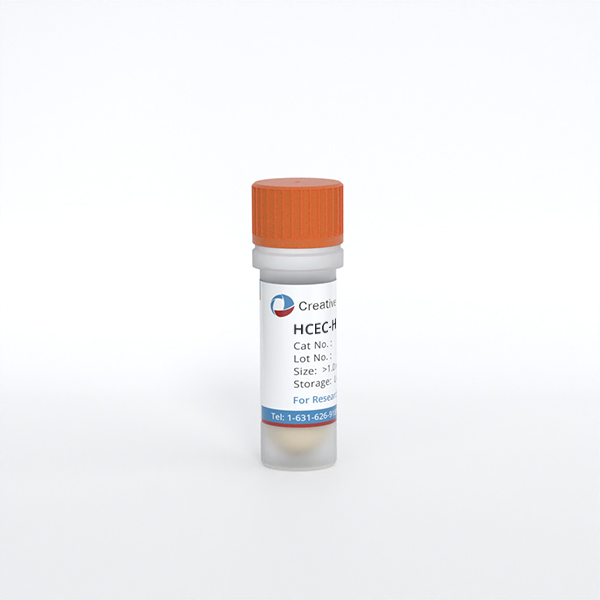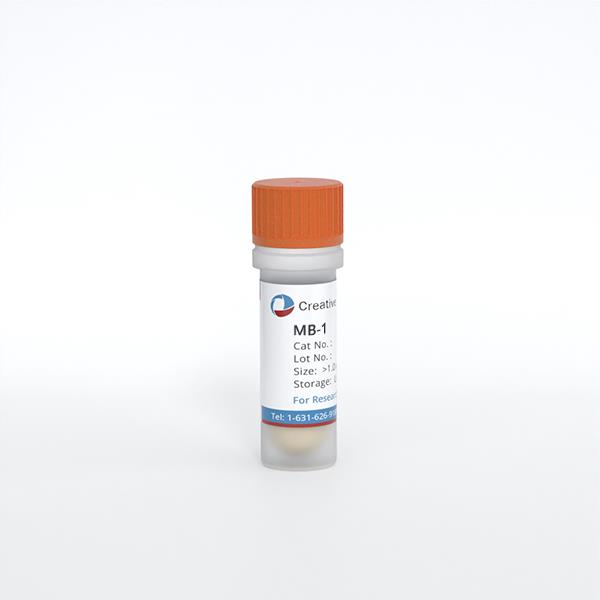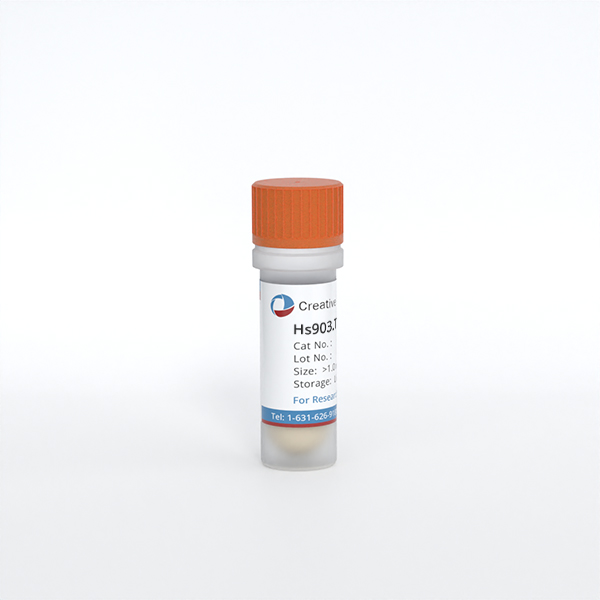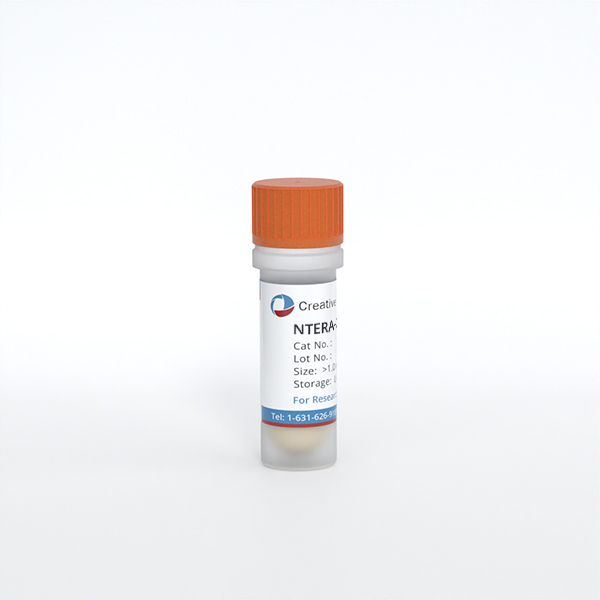
HCEC-H9C1
Cat.No.: CSC-C6214X
Species: Homo sapiens (Human)
Source: Eye; Cornea
Morphology: polygonal, weakly adherent initially after plating, cells proliferate also in floating aggregates; cells do not form confluent monolayers
- Specification
- Q & A
- Customer Review
Cat.No.
CSC-C6214X
Description
HCEC-H9C1 is a clonal subpopulation started in 2005 from the parental cell line HCEC-12 established from normal cells of the posterior epithelium of the cornea of a 91-year-old Caucasian woman transformed with the early region of the SV40 genome including genes encoding large T-antigen and small t-antigen; the subclone is described to represent developing or transitional cells of the so-called corneal endothelium
Species
Homo sapiens (Human)
Source
Eye; Cornea
Recommended Medium
Human-Endothelial-SFM + 10 ng/ml FGF-2 (do not apply h.i. FBS in order to preserve differentiation status)
Morphology
polygonal, weakly adherent initially after plating, cells proliferate also in floating aggregates; cells do not form confluent monolayers
Quality Control
Mycoplasma: negative in microbiological culture, PCR assays
Immunology: cytokeratin +, cytokeratin-7 +, cytokeratin-8 -, cytokeratin-17 (+), cytokeratin-18 +, desmin -, endothel -, EpCAM -, GFAP -, neurofilament -, vimentin +
Viruses: PCR: EBV -, HBV -,
Immunology: cytokeratin +, cytokeratin-7 +, cytokeratin-8 -, cytokeratin-17 (+), cytokeratin-18 +, desmin -, endothel -, EpCAM -, GFAP -, neurofilament -, vimentin +
Viruses: PCR: EBV -, HBV -,
Storage and Shipping
Frozen with 70% medium, 20% FBS, 10% DMSO at about 0.5 x 10^6 cells/ampoule; ship in dry ice; store in liquid nitrogen
Synonyms
H9C1
Citation Guidance
If you use this products in your scientific publication, it should be cited in the publication as: Creative Bioarray cat no.
If your paper has been published, please click here
to submit the PubMed ID of your paper to get a coupon.
Ask a Question
Write your own review
Related Products
Featured Products
- Adipose Tissue-Derived Stem Cells
- Human Neurons
- Mouse Probe
- Whole Chromosome Painting Probes
- Hepatic Cells
- Renal Cells
- In Vitro ADME Kits
- Tissue Microarray
- Tissue Blocks
- Tissue Sections
- FFPE Cell Pellet
- Probe
- Centromere Probes
- Telomere Probes
- Satellite Enumeration Probes
- Subtelomere Specific Probes
- Bacterial Probes
- ISH/FISH Probes
- Exosome Isolation Kit
- Human Adult Stem Cells
- Mouse Stem Cells
- iPSCs
- Mouse Embryonic Stem Cells
- iPSC Differentiation Kits
- Mesenchymal Stem Cells
- Immortalized Human Cells
- Immortalized Murine Cells
- Cell Immortalization Kit
- Adipose Cells
- Cardiac Cells
- Dermal Cells
- Epidermal Cells
- Peripheral Blood Mononuclear Cells
- Umbilical Cord Cells
- Monkey Primary Cells
- Mouse Primary Cells
- Breast Tumor Cells
- Colorectal Tumor Cells
- Esophageal Tumor Cells
- Lung Tumor Cells
- Leukemia/Lymphoma/Myeloma Cells
- Ovarian Tumor Cells
- Pancreatic Tumor Cells
- Mouse Tumor Cells
Hot Products




